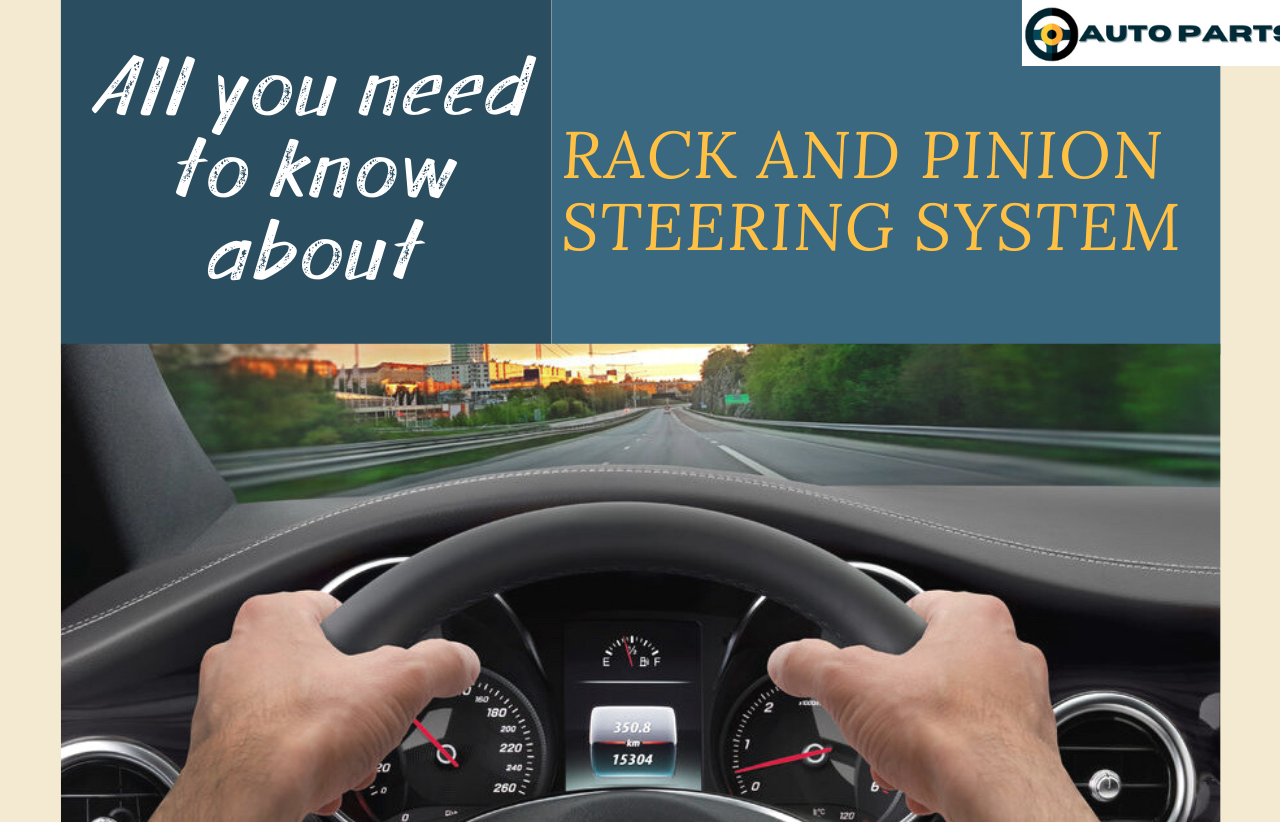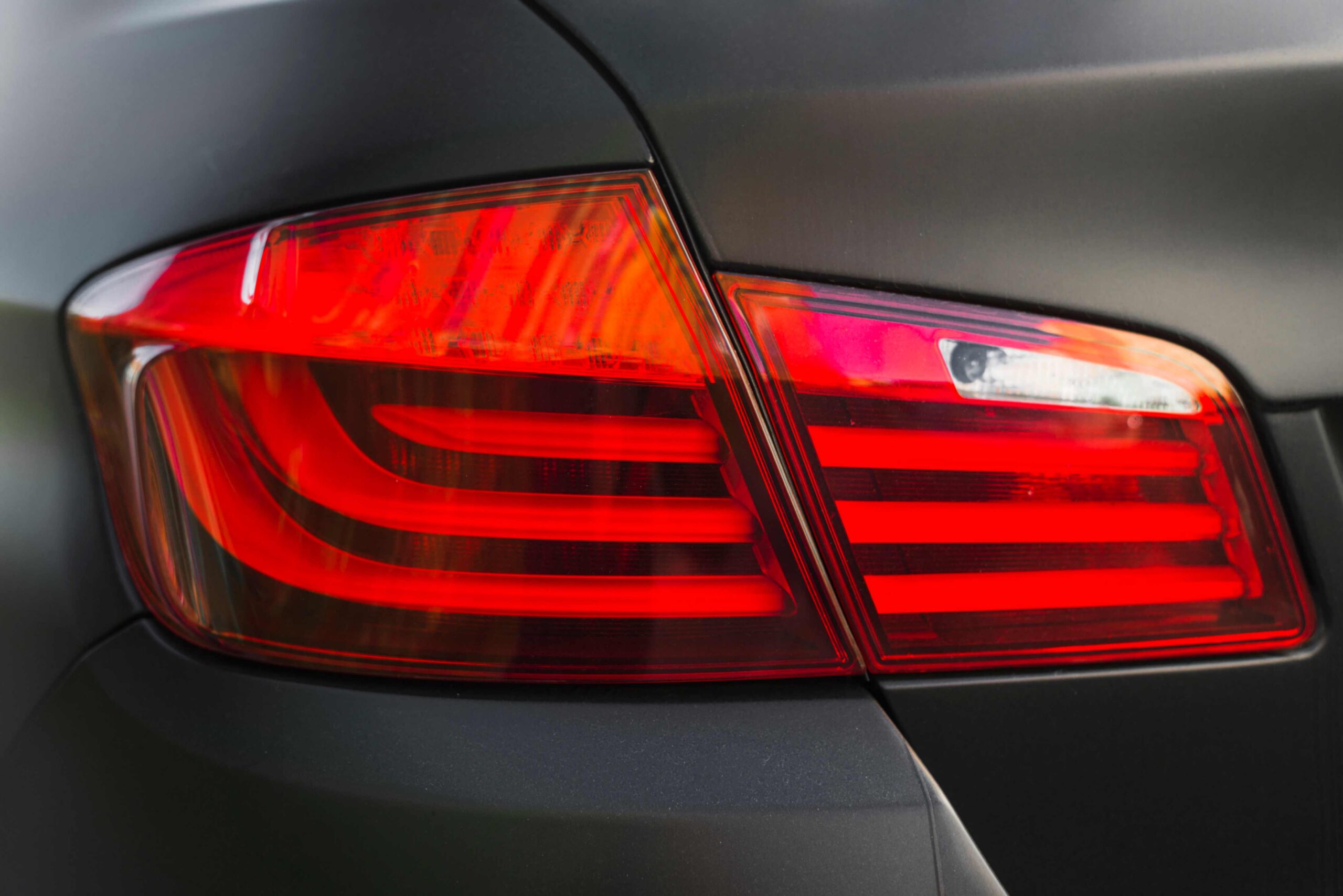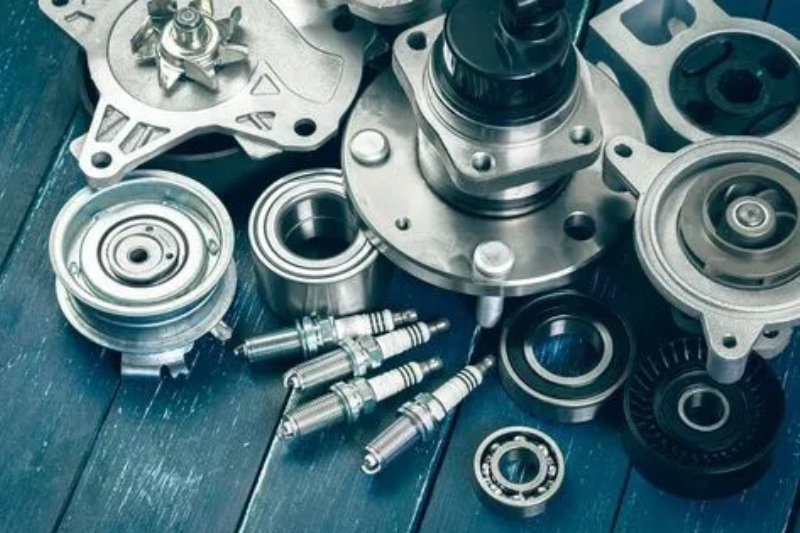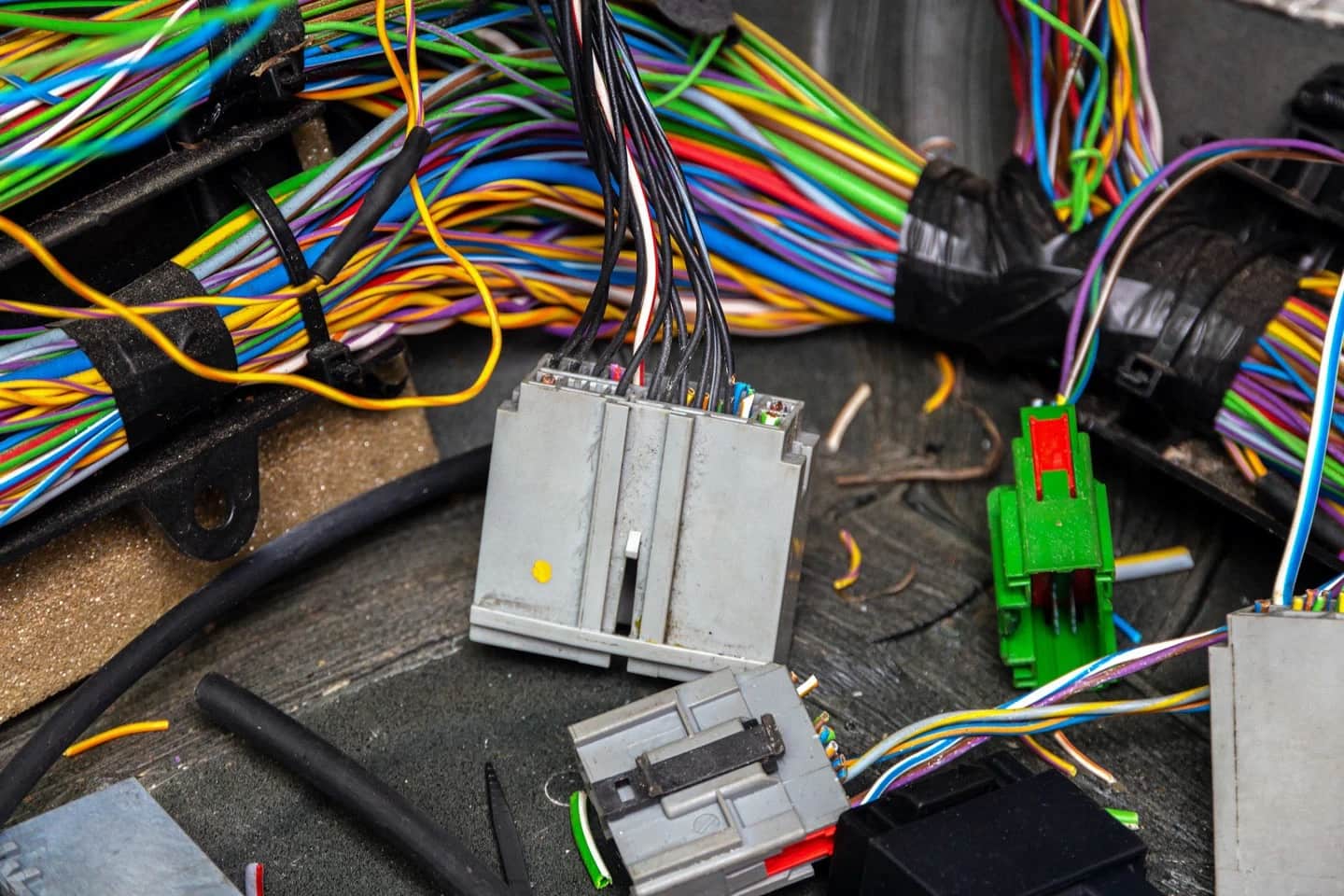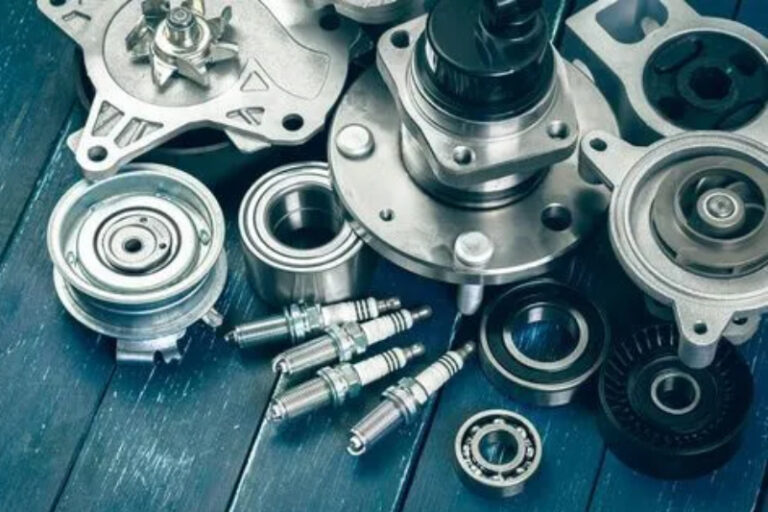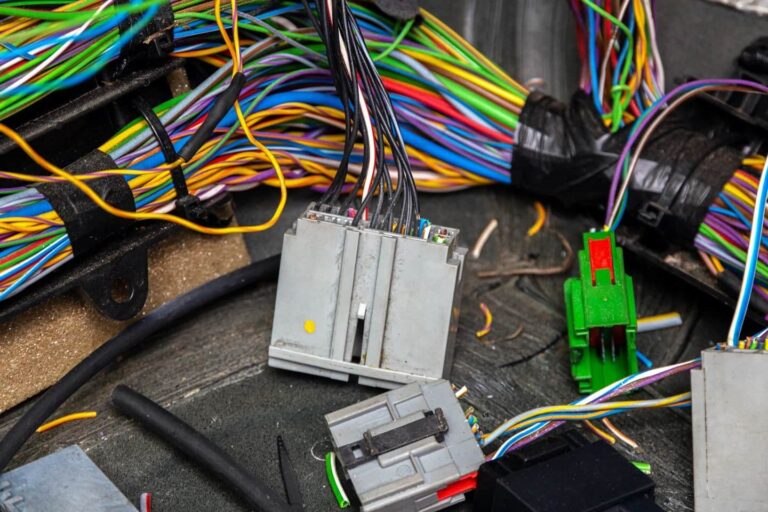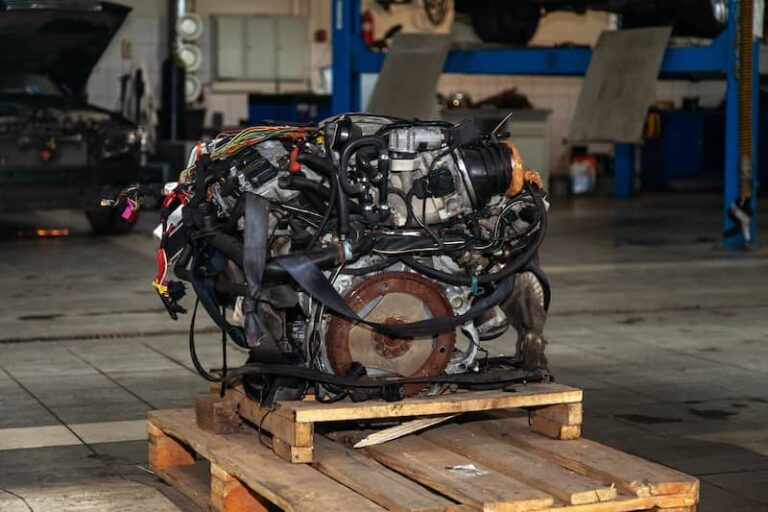The rack and pinion steering system is one of the most widely used steering mechanisms in modern vehicles, including cars, SUVs, and small trucks. Its simplicity, precision, and responsiveness make it a favorite among manufacturers and drivers alike. The system’s core principle revolves around converting circular motion into linear motion, allowing the wheels to turn accurately based on steering input.
In this article, we’ll explore everything you need to know about the rack and pinion steering system – its mechanics, history, advantages, working process, and modern adaptations – as well as answer some common questions about its maintenance and reliability.
Mechanics of Rack and Pinion Steering
The rack and pinion steering system consists primarily of two key components:
- Pinion Gear (Circular Gear): Connected to the steering shaft.
- Rack (Linear Gear): A flat, toothed bar that meshes with the pinion.
When you turn the steering wheel, the pinion gear rotates. This rotation causes the rack to move linearly – either to the left or right – depending on the direction of the turn. The rack is connected to the tie rods, which then transmit this motion to the steering knuckles and wheels, making the vehicle turn.
It’s a simple yet highly efficient design. Unlike older steering systems that used multiple linkages and complex components, the rack and pinion system directly translates driver input into wheel movement. This results in precise control and better feedback, essential for modern driving comfort and safety.
The system can also be assisted by either hydraulic or electric power steering to reduce driver effort, especially at low speeds.
History of the Rack and Pinion System
Although it feels like a modern invention, the rack and pinion concept dates back almost a century. European automakers began experimenting with it as early as the 1930s, with BMW credited as one of the pioneers in developing the first rack and pinion gearbox.
In the United States, automakers were slower to adopt the technology. It wasn’t until 1974 that Ford introduced the system in the Mustang II and Pinto models. These cars were smaller and lighter than typical American vehicles at the time, making the compact rack and pinion setup ideal.
Later, in the 1980s, General Motors and Chrysler followed suit, integrating the system into their newer models. Since then, the rack and pinion design has become the industry standard, especially for front-wheel-drive vehicles and performance-oriented cars.
Today, nearly all passenger cars use some form of rack and pinion steering, whether manual, hydraulic, or electric.
How Rack and Pinion Steering Works
At its core, the rack and pinion system operates using simple gear mechanics. When you turn the steering wheel, it rotates the steering shaft, which is connected to the pinion gear. The pinion engages with the rack teeth, converting the rotational motion into a linear push or pull.
This movement shifts the rack to one side, which in turn moves the tie rods connected to each wheel. The result is a synchronized movement that turns both front wheels simultaneously.
To maintain stability, the entire gearset is enclosed in a metal tube. The rack’s ends extend from the tube and connect to axial rods, which then link to tie rod ends. These rods allow for precise steering angles and help absorb road shocks.
The simplicity of the design ensures fewer moving parts, reducing mechanical wear and making it easier to maintain compared to older steering boxes or recirculating ball systems.
Power Rack and Pinion Systems
Modern vehicles use power-assisted rack and pinion systems – either hydraulic or electric – to make steering easier and more efficient.
In hydraulic power steering (HPS) systems, fluid pressure helps move the rack. Two steel tubes along the side act as pressure and return lines. A hydraulic pump, powered by the engine, forces fluid into one side of a piston located within the steering rack. The pressure pushes the rack in the desired direction, reducing the driver’s effort.
In electric power steering (EPS) systems, an electric motor assists steering instead of hydraulic pressure. EPS systems are more energy-efficient since they draw power only when needed, improving fuel economy and reducing maintenance costs.
Benefits of Rack and Pinion Steering Systems
The rack and pinion system offers several significant advantages over traditional steering mechanisms:
- Precision and Responsiveness
The direct connection between the steering wheel and the rack provides immediate feedback, allowing for better control and accuracy. - Compact and Lightweight
Unlike older systems that required multiple arms and linkages, the rack and pinion design is compact, reducing overall vehicle weight and improving fuel efficiency. - Fewer Components, Less Maintenance
With fewer moving parts, there’s less wear and tear. Maintenance is straightforward, and repairs are generally less expensive. - Improved Handling and Stability
Because the rack is mounted close to the front axle, it improves the driver’s sense of connection with the road, especially during cornering. - Ideal for Front-Wheel Drive Vehicles
Its compact size fits well within tight engine bays, making it perfect for modern car layouts.
Common Issues with Rack and Pinion Systems
While the rack and pinion steering system is durable, it’s not immune to wear. Some common problems include:
- Leaking power steering fluid: Usually due to worn seals or damaged hoses.
- Loose steering: Caused by worn rack bushings or internal gear wear.
- Steering noise: Often due to air in the hydraulic system or low fluid levels.
- Hard steering: May result from a failing power steering pump or motor.
If you notice any of these symptoms – especially loose steering or fluid leaks – it’s essential to have your car inspected promptly.
Maintenance Tips for Rack and Pinion Systems
To keep your steering system in top condition, follow these maintenance practices:
- Regularly check power steering fluid levels and quality.
- Inspect hoses and seals for any signs of leakage.
- Avoid turning the steering wheel to full lock for prolonged periods – it strains the system.
- Replace worn tie rods or bushings immediately.
- Get professional alignment checks after any suspension or steering repair.
Proper maintenance not only extends the lifespan of your rack and pinion system but also ensures safe and comfortable driving.
Conclusion
The rack and pinion steering system remains the gold standard in automotive steering due to its simplicity, precision, and reliability. From its early beginnings in the 1930s to the advanced power-assisted systems of today, it has continuously evolved to meet the demands of modern driving.
Understanding how it works and maintaining it properly ensures smoother handling, better road feedback, and overall safer driving. Whether your car uses hydraulic or electric power steering, taking care of the rack and pinion system is essential for both performance and longevity.
Frequently Asked Questions (FAQs)
The rack and pinion system converts the circular motion of the steering wheel into linear motion, allowing the front wheels to turn precisely as you steer.
With proper maintenance, it can last between 100,000 and 150,000 miles. However, harsh driving conditions or fluid leaks can reduce its lifespan.
Driving with a failing rack and pinion system is unsafe. It can cause steering failure, uneven tire wear, and loss of control. Immediate repair is recommended.
Manual systems rely solely on driver input, while power-assisted systems use hydraulic or electric assistance to make steering easier and smoother.
Replacement costs vary by vehicle but typically range from $800 to $1,500, including parts and labor. Electric systems tend to be more expensive.

